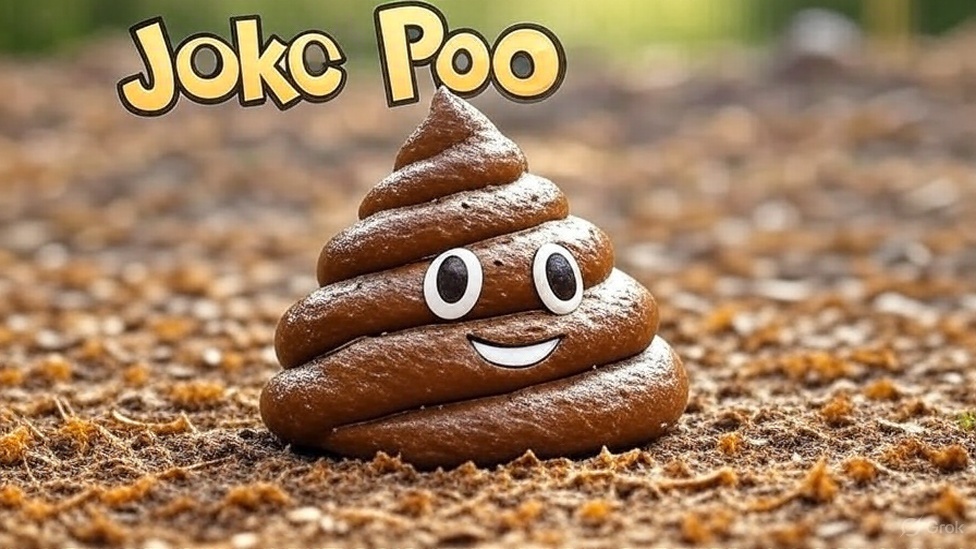Came right out the purple.
Okay, here’s my attempt at a "Joke Poo" inspired by your colorblind joke:
Joke Poo: Just Diagnosed
Just found out I’m addicted to collecting vintage toilet paper.
The doctor said, "You’re gonna need a strong ply to pull you out of this."
Alright, let’s break down this colorblind joke.
Elements:
- Premise: The comedian announces they’ve discovered they are colorblind. This sets up an expectation of difficulty identifying colors.
- Punchline: "Came right out the purple." This subverts the expectation by using a pun. Instead of saying "came right out of the blue," which would imply a surprising revelation, they use "purple" to play on the concept of colorblindness and a difficulty distinguishing colors.
- Humor Mechanism: The humor relies on:
- Pun: Replacing "blue" with "purple" to create a color-related wordplay.
- Subversion: The expected difficulty of color identification is replaced by a nonsensical statement that acknowledges the colorblindness while mocking the idiomatic expression.
Now, let’s use some interesting tidbits about colorblindness to create something new:
New Comedic Piece: A "Did You Know?" with a Twist
Did you know that colorblindness is much more common in men than in women? About 1 in 12 men have some form of colorblindness, while only about 1 in 200 women do. This is because the genes responsible for most common forms of colorblindness are located on the X chromosome. This also explains why so many colorblind men are surprised when they discover their condition later in life. It’s like they’ve been living a normal existence and suddenly… BAM! Life comes right out the fuchsia.
Explanation of the new piece:
- Leverages Factuality: Starts with genuine facts about the prevalence of colorblindness and its genetic basis. This sets up a sense of educational seriousness.
- Builds Tension: The "discovery later in life" part introduces a potential for a surprise or revelation.
- Pun Reinforcement: The punchline, "Life comes right out the fuchsia," echoes the original joke’s pun while substituting the color name. Fuchsia is arguably more vivid and unexpected than purple, creating a slightly higher level of absurdity. The unexpected color choice adds another layer of surprise, amplifying the comedic effect. It also implies perhaps a more severe form of colorblindness where they confuse common colors.
- Overall Impact: The piece uses the original joke’s premise and pun structure within the framework of a "Did You Know?" factoid, which creates a funnier, more memorable, and informative piece of humor. It also subtly makes the point of how colorblindness is often overlooked or discovered late in life, similar to a surprise event that "comes out of the blue" (or fuchsia, in this case).


